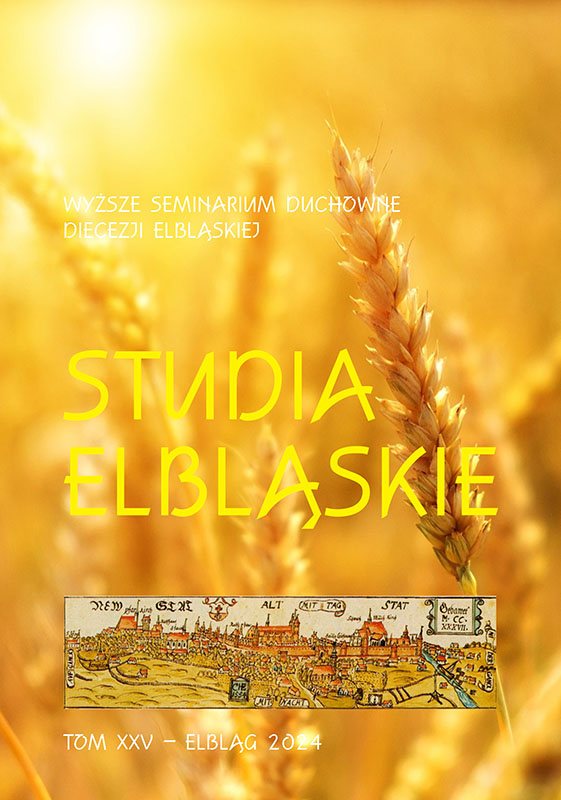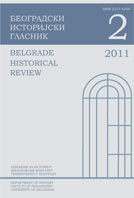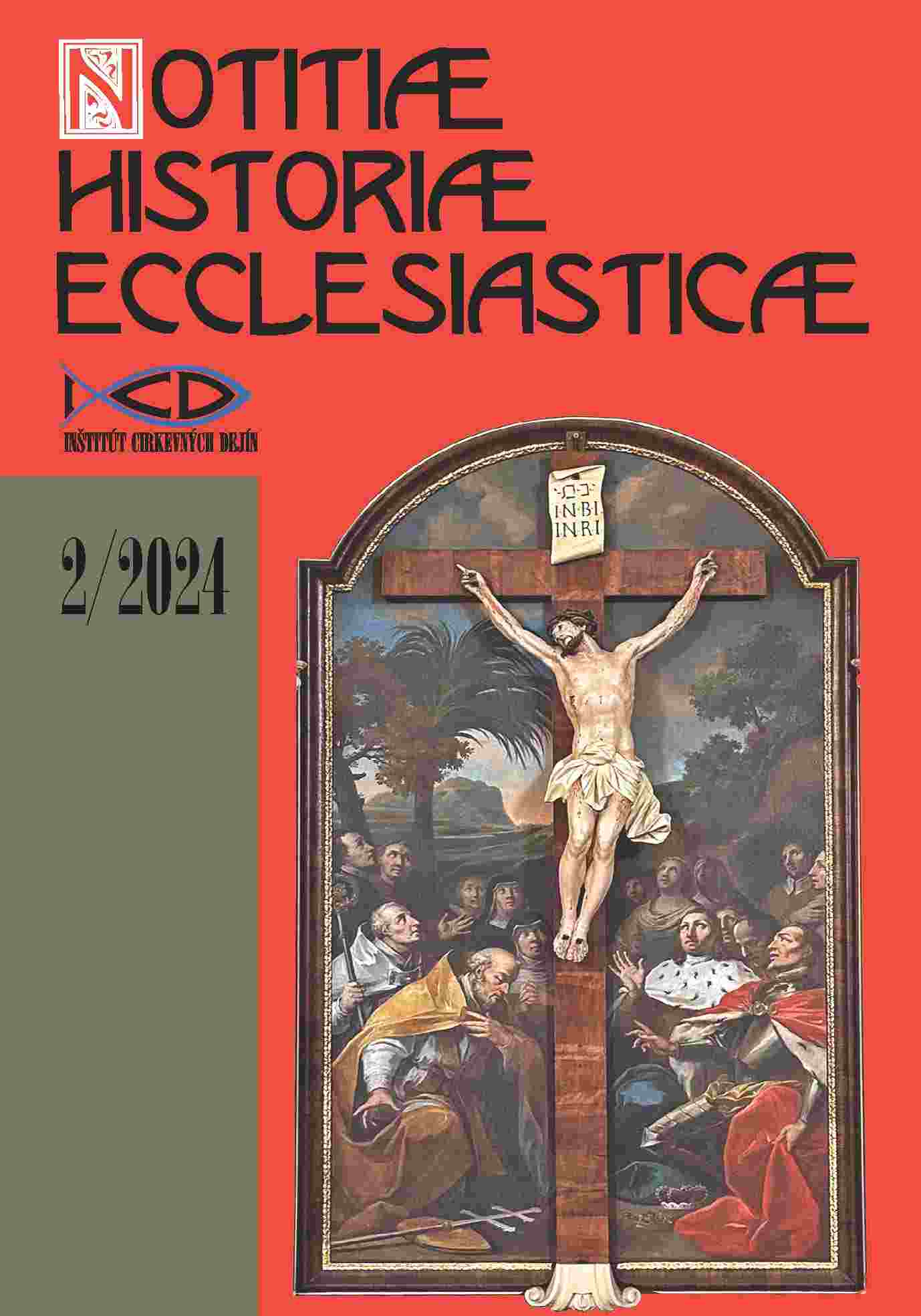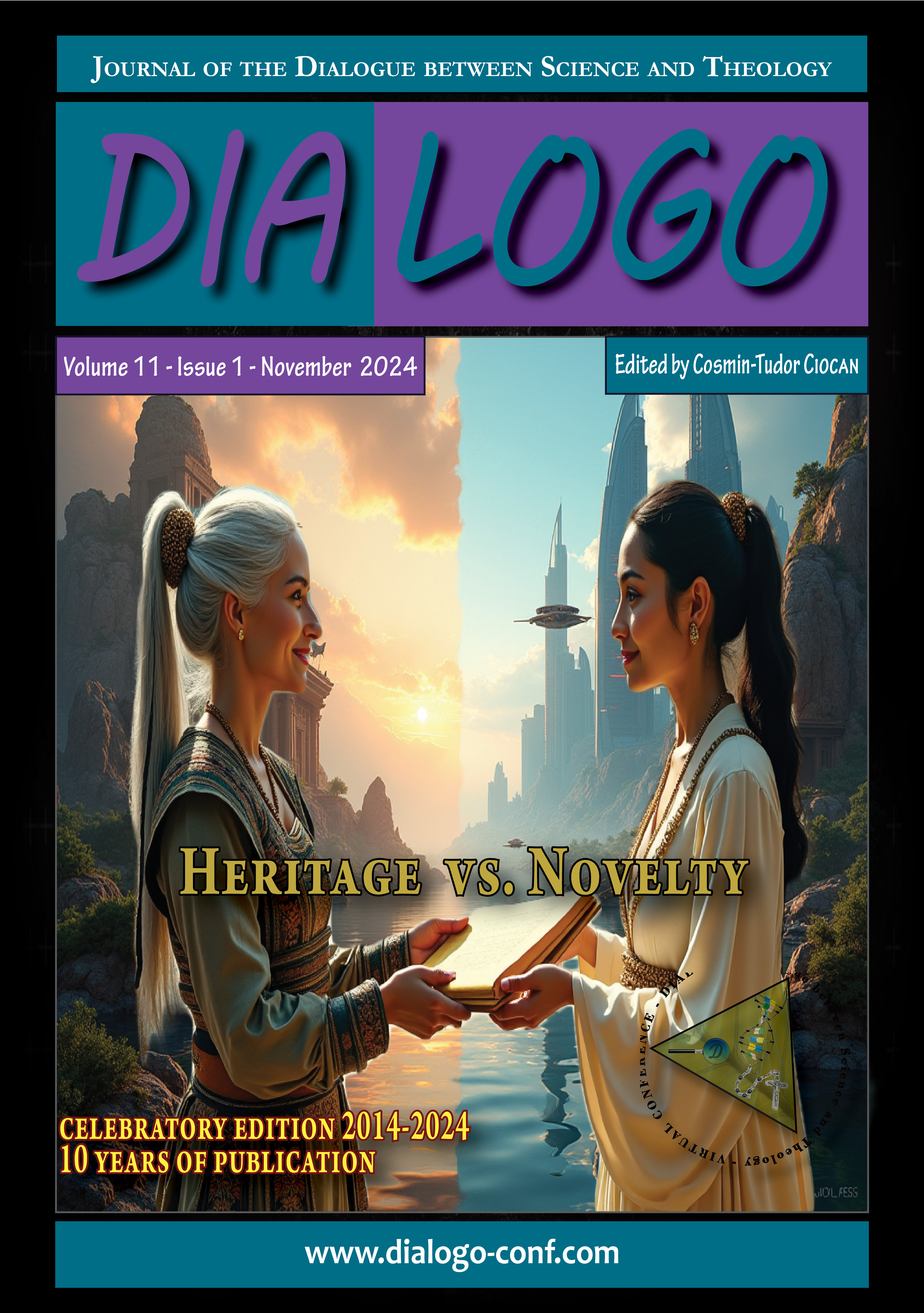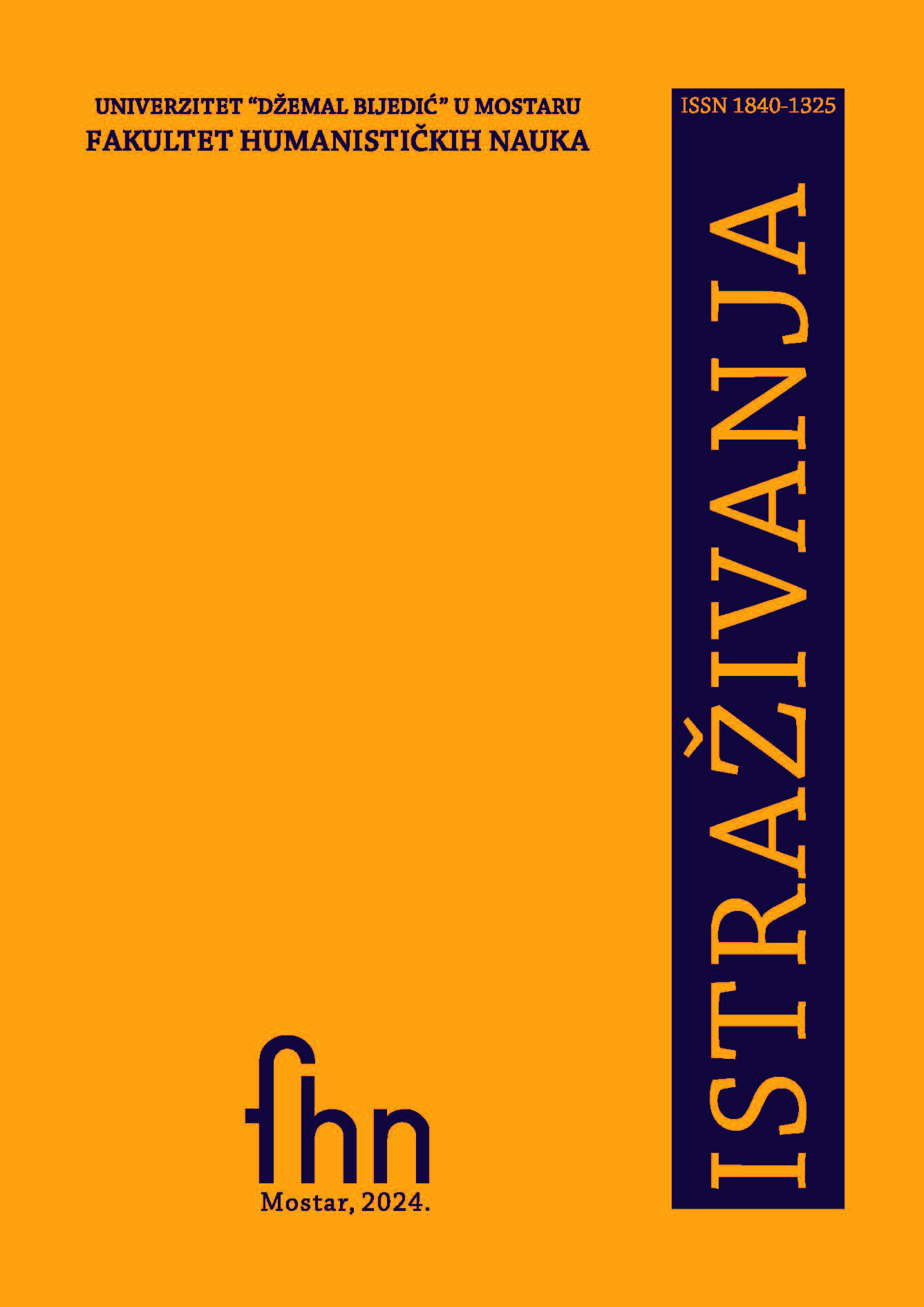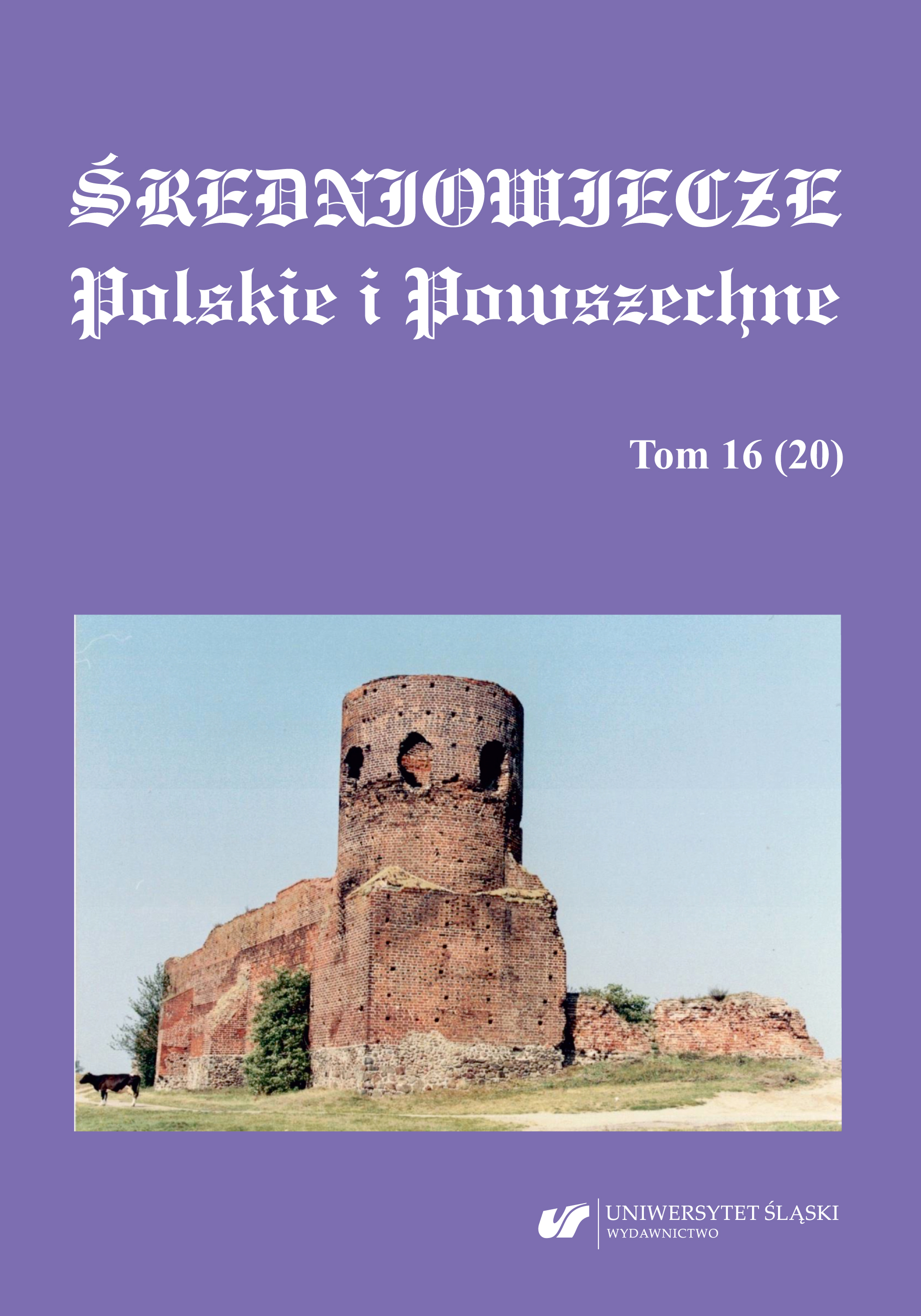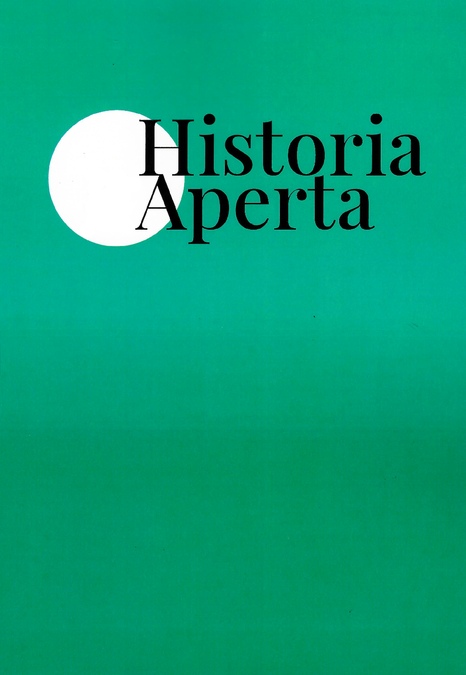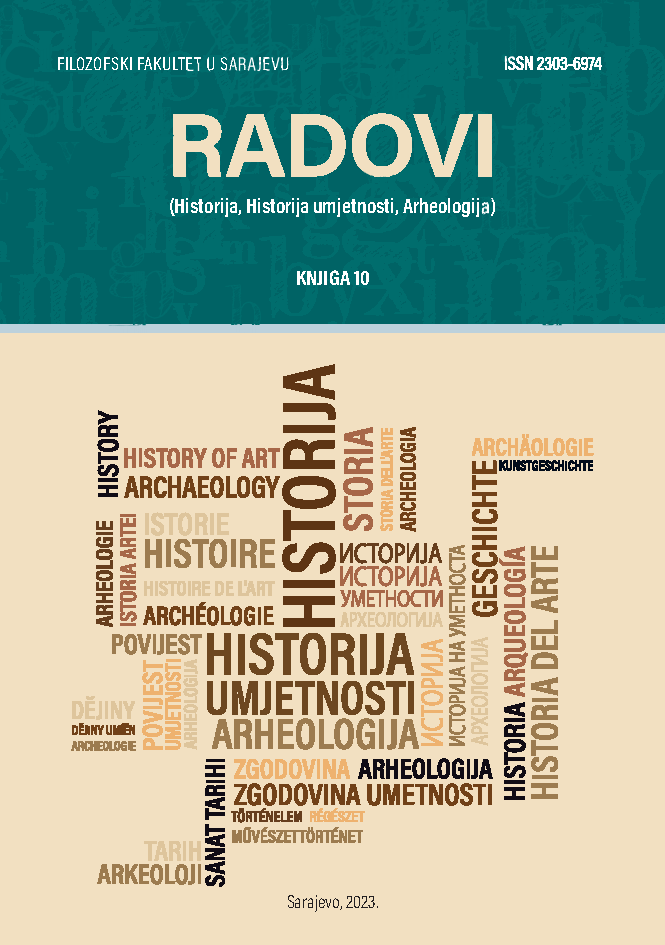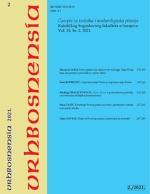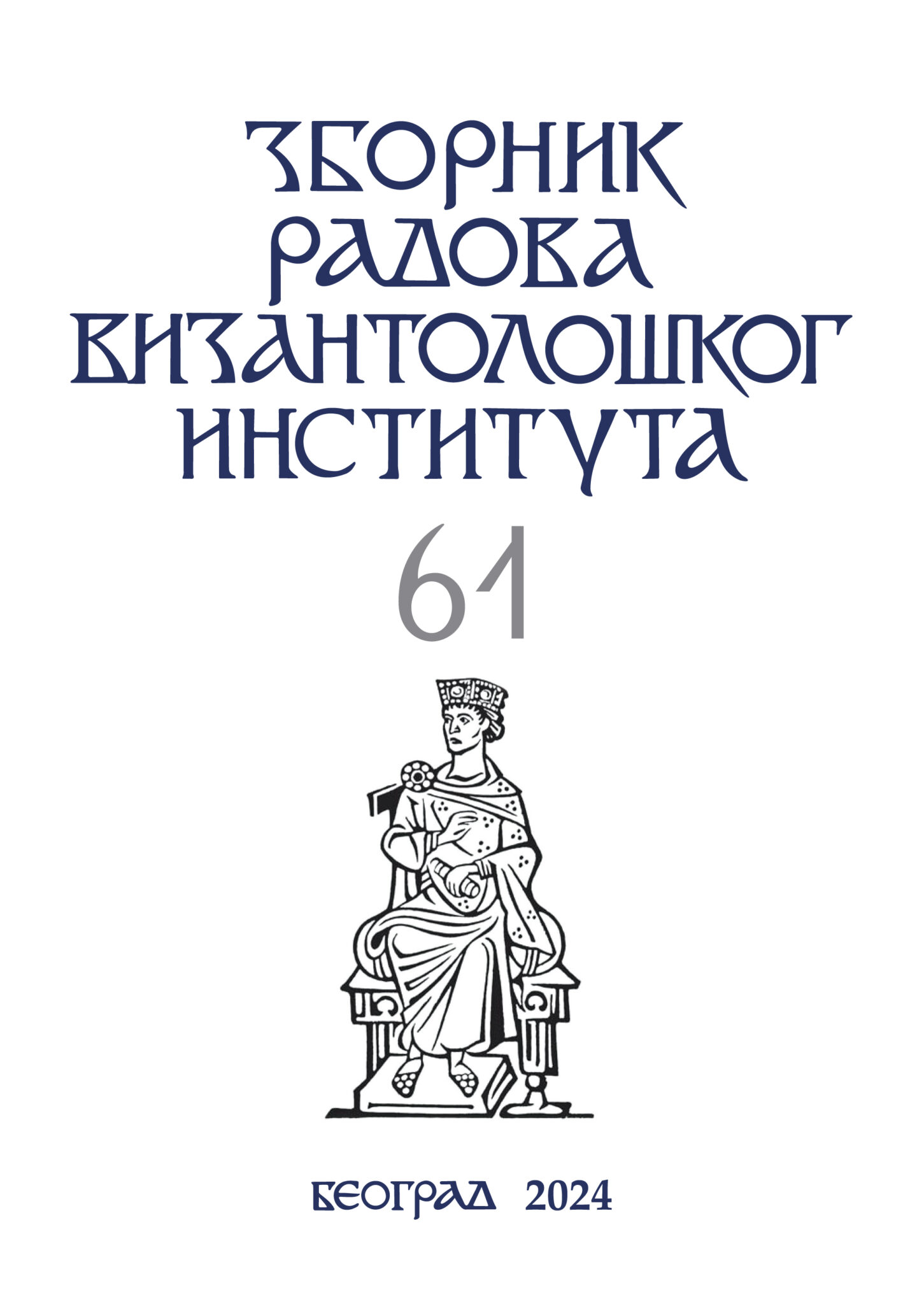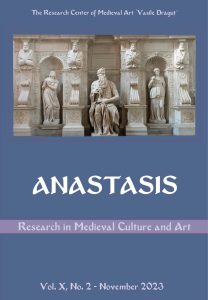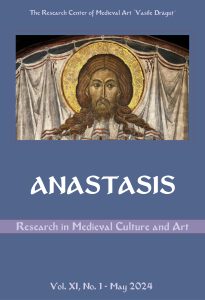Author(s): Albert Doja / Language(s): Albanian
Issue: 02/2023
In attempting to analyze the historical evidence of the early religious literature in the Albanian language, the aim of this article was not to provide a new historical account, but rather to frame the argument in such a way as to focus on the contradicting motivations of language politics, political contradistinction, Enlightenment ideas, Orthodox evangelism, ecclesiastical confrontation, and missionary counteraction. I argued that these processes taken in combination as a whole must have created the conditions for a boundary work of the social reorganization of linguistic and cultural differences, especially between Greek-speaking and Albanian-speaking Orthodox Christians. In particular, a historical overview of the relationship between linguistic “Albanity” (shqiptary) and Orthodox “Greekery” throughout the seventeenth and eighteenth centuries reveals the complexities of this relationship affected both by Ottoman policies and by Grecizing processes. The examination of these processes helped to illustrate critical aspects of the political uses of religion and language in the boundary work of political resistance, ecclesiastical friction, and cultural differentiation in the Balkans. This article could not possibly exhaust these rich and complex issues, but offered a new theoretical and methodological explanatory model that may help making sense of the historical evidence for arguing a relative truth that is perhaps more realistic than traditional national approaches in both Greek and Albanian historiographies. It may set the stage for further research into the historical problem of language politics and the politics of religion, especially in relation to the practical use and status of vernacular and sacred languages in identity politics, which could be useful to both Greek and Albanian scholars. In methodological terms, I tried to engage with a comparative analysis and problematization of the combination of contradictory motivations as a way into new insights to understand identity processes and to challenge traditional historical approaches. The aim is to move away from the close association of historical facts, events, and peoples with essential, reified, and immutable ethnic or proto-national notions, determinations, and identifications. Historical research pervasively characterizes them in light of the empirical evidence in historical sources, while traditional categories developed within the historicist perspective of national historiographies uncritically take them as a simple historical truth. In this type of works, there has been a strong tendency to present a compilation of historical evidence drawn from archival data or from the available literature. Similar descriptions are repeatedly and systematically noted and can easily be found in the sources mentioned by most of the area specialists. In turn, an articulate analysis in anthropological perspective, linked to a careful examination of the combination of many contradictory motivations taken as a whole in a specific historical contextualization, is likely to produce a more sophisticated and critical understanding of the historical facts, events, and processes. The question is to move attention away from identity determinations, which have long plagued both nationalist historiographies and postmodernist approaches. In this paradigmatic change, the unconscious symbolic processes of formation, negotiation, contestation, and redefinition of ethnic group boundaries do not rule out but are rather a prerequisite to intergroup exchange and communication. The theoretical approach advocated in this article might not be exhaustive, but definitely positioned and selective, while certainly a number of questions that remain open will require complementary efforts of explanatory analysis. However, if this explanatory model managed to provoke at the very least a non-stereotyped discussion throughout a set of analytical reflections on the boundary work of cultural differentiation, it offered itself as one among several possible alternative discussions on the specific issue of identity processes. I hope it will encourage further debate, deeper enquiries, and thorough reflections, which can suggest alternative explanations of cultural differentiation. Even though it might perhaps justifiably attract attention to selfcriticism, it may hopefully stimulate and enrich a debate that could contribute to the already critical research on identity processes in the broader Balkans. Ultimately, while the difficulty of simultaneously taking into account different and contradictory motivations of historical facts, events, and processes is clearly realized, I believe the attempt to articulate them in relation to one another may lead to a fascinating intellectual problem. The conceptual aspects of this approach may not only show how to deal with an extant social structural problem of cultural differentiation but may also have important theoretical and methodological implications beyond those of the specific issues addressed in this article. They suggest that it is important not to rely solely on archival and literal data. Rather, a careful examination of the historical evidence in anthropological perspective can yield new insights in the space between the traditional approach in historiography and a new social-scientific approach. The historical approach provides an idiographic evidence of particular historical facts and events, often anachronistically projected by means of a specific national ideology, while a theoretical approach provides a nomothetic understanding of historical processes informed by the search for general regularities.
More...
